With a history of more than 1,300 years, Fushimi Inari Taisha is a famous Shinto Shrine in Kyoto, known for making wishes come true. This power spot is specifically dedicated to the Inari God, who has the power of prosperity and agriculture.
As a major tourist attraction in Kyoto, Fushimi Inari Taisha can bring you an unparalleled experience and stunning views of sunset through thousands of vermilion torii gates. In addition to praying, one of the top things to do in Kyoto is to hike Mt. Inari and view these unique torii gates.
The insider tips below help you explore this prominent landmark in Kyoto. Delve into Japan’s traditional history and lift up its mysterious veil in person! More hidden gems are waiting for your discovery.
Table of Contents
Kyoto Fushimi Inari Shrine Facts
Why Fushimi Inari is Kyoto's Most Iconic Shrine
Origin & History of Fushimi Inari Taisha Shrine
Highlights of Fushimi Inari-Taisha Shrine
Annual Festivals
Essential Guide for Visiting Fushimi Inari Taisha
Insider Tips for an Authentic Experience
Beyond the Gates: Nearby Attractions
FAQs about Fushimi Inari Shrine Kyoto
Kyoto Fushimi Inari Shrine Facts
Japanese name: 伏見稲荷大社
Address: 68 Fukakusayabunouchi-Cho, Fushimi-Ku, Kyoto City, Kyoto, Japan
Opening hours: 8:30 am-4:30 pm for praying and the conferment place (varies by different events )
Closed: No holidays
Entrance ticket: Free entry
Suggested visit duration: 2-3 hours
Best time to visit: Early morning (7:00 am in winters, and 5:00 am in summers) and sunset
Why Fushimi Inari is Kyoto's Most Iconic Shrine
The world-famous tunnel lined with thousands of vermilion torii gates
One of the most sacred Shinto shrines in Japan, with a history of over 1,300 years
One of the filming locations of the movie “Memoirs of a Geisha”
A powerful shrine where Japanese people pray for good luck and prosperity
Origin & History of Fushimi Inari Taisha Shrine
Fushimi Inari Taisha was founded far earlier than Kyoto became Japan’s capital. It is said that a descendant of the Japanese Hata clan founded the Fushimi Inari-Taisha Shrine in 711. The Hata clan developed this area with their advanced technology and economic skills.
The name of Fushimi Inari-Taisha Shrine originates from the place name, Inari, which shares the same pronunciation as growing rice in Japanese. Therefore, Fushimi Inari-Taisha Shrine is strongly related to prosperity and bountiful harvest.
Most buildings inside the shrine were destroyed in the Onin Rebellion in 1467 and rebuilt in 1499. The shrine gained the imperial support and was later included in the first rank of officially supported shrines by the government. Nowadays, the shrine draws millions of visitors, especially during the Japanese New Year.
Highlights of Fushimi Inari-Taisha Shrine
Thousand-Torii Gates
The entrance of the Thousand-Torii Gates (Senbon Torii) is located at the back of the shrine’s main ground. About 800 torii gates form an endless red passage. Many hiking trails are paved on the mountain and over 10,000 vermilion gates winding 4 km up Mount Inari.
For most foreign travelers, embarking on a Fushimi Inari hike is a must-do. It is estimated to take about 2 or 3 hours to take the mountain tour. The best sections belong to the lower trails and upper trails (serene). The former trail will be crowded, and the latter one is more suitable for a serene trip. On the way to hiking, there is a shop and stall, where you can buy some snacks and water to replenish your strength.
Romon Gate
At the entrance stands the Romon Gate with many giant lanterns. This two-storey building was built in 1589. It is said that Toyotomi Hideyoshi prayed for his mother’s recovery at Fushimi Inari Taisha in Kyoto. Later, he built the gate to fulfill the vow after his mother had made a full recovery. Nowadays, the Romon Gate is still the main gate to welcome worshipers around the world; at the same time, it is the oldest and largest gate om Kyoto.
Main Hall
The Main Hall (Honden) belongs to the main shrine of 30,000 Inari Shrines throughout Japan. With a distinctive rooftop, it has an aesthetic curve, named Inari-zukuri. The eave is adorned with delicate carvings and is designated as a significant cultural property of Japan.
Okunoin Shrine
Situated at the end of the Thousand Torii Gate, Okunoin Shrine (Okusha Hohaisho) is a sacred place to worship the three peaks of Mt. Inari, as well as the shrine where the Inari God descended. As the shrine just sits right before the three peaks, it makes you immerse yourself in the hallowed atmosphere.
Fox Statues and Symbolism
With a close association with the deity of Inari, foxes are recognized as messengers of Inari and guard the shrines. Therefore, the fox statues are ubiquitous in the shrine. There are Kitsune (fox in Japanese) Ema in the shrine for praying and fulfilling vows, which are unique fox-shaped plaques with paintings drawn by prayers.
Hidden Gems Most Tourists Miss
Mountain Summit Trail:
This trail to the summit belongs to a quiet forest path with miniature torii gates. Approximately 4km (2.4 miles) of distance and 12,000 steps are slightly challenging, but offer an ultimate and interesting hiking experience. Hiking Mount Inari will take you 2 or 3 hours for a round trip. Exploring the walking trail near the subsidiary shrines will be novel as well.
Yotsutsuji Intersection:
After a 40-minute hike, Yotsutsuji Intersection will come into your view, offering panoramic Kyoto views halfway up the hike. The trail here provides hikers with a circular route to reach the summit.
Annual Festivals
There are various kinds of festivals and rituals held in Fushimi Inari Taisha Shrine throughout the year.
Saitan-sai Festival (January):
During the New Year period, people pray for national peace and safety, good harvests, and the prosperity of the economy in the New Year.
Oyama-sai Festival (January):
In a ceremony held in the main shrine, prayers will bring sakes to the Inari God.
Hatsu-uma Festival (February):
Celebrates the shrine’s founding with horseback rituals
Inari-sai, Shinko-sai (April):
The most important festival in the year to bestow blessings for portable Inari Shrines
Motomiya-sai Festival (July):
Prayers express gratitude for protection and blessings from the deity of Inari
Autumn Illuminations (November):
Torii gates are lit up with LED lights to celebrate the bountiful harvests in autumn and to pray for blessings.
Essential Guide for Visiting Fushimi Inari Taisha
Opening Hours & Best Time to Visit
The best time to visit Fushimi Inari Taisha is autumn (mid-November to early December) when maple trees in gradient colors can be found everywhere. Vermilion torri gates show up nicely against autumn colors, which makes it a suitable place to embark on your Japan autumn tour.
Fushimi Inari Shrine is open 24/7 and offers free entrance. The period from 8:30 am to 4:30 pm is for prayer. Early morning (6:00–8:00 am) is the best time to avoid crowds and belongs to the golden hour to take a photo, which is also suitable to hike counter-clockwise for fewer tourists.
When autumn nears Kyoto, lighting events are held in Fushimi Inari Taisha at night. In the late evening, you can not only appreciate the magical lantern-lit torii gates, but also start moonlit hikes.
Further Reading:
Kyoto Autumn Travel Guide: Best Foliage Spots, Festivals & Tips
10 Best Places to See Autumn Leaves in Kyoto
How to Get to Fushimi Inari
By Subway
It is easily accessible from Kyoto Station to Fushimi Inari Taisha.
JR Nara Line to Inari Station (5-minute walk)
JR Fushimi Line to Inari Station
Keihan Main Line to Fushimi-Inari Station (7-minute walk)
By Bus
Minami 5 Line to the Inari Taisha-mae bus stop (7-minute walk)
On Foot
5-minute walk from Inari Station (JR Nara Line) or Fushimi Inari Station (Keihan Line)
Fushimi Inari Tickets
Fushimi inari-taisha shrine is free entry, and parking lots (¥600–1,000) are available for shrine visitors.
Insider Tips for an Authentic Experience
Spiritual Practices
Purification Ritual
Use the temizuya (water basin) before entering the main hall to wash your hands and rinse your mouth. Take a bow, make an offering, clap twice, and bow again.
How to Pray at Altars
Cast a coin, bow twice, clap twice, and bow once
Writing Emas
They are wooden prayer plaques for business success and prosperity. Write your name and wishes on the Fox Emas for a good fortune, which needs additional payment.
Feel Omamori protection charms
Omamori are portable and colorful pouches for good luck and protection from Fushimi Inari Taisha.
Local Experiences
According to Japanese mythology, foxes like to eat aburaage (deep-fried tofu). Therefore, many restaurants on the mountain offer classic Japanese food, like Inari Sushi. And the aburaage belongs to the most typical one.
Aside from aburaage, other dishes are available at nearby stalls and souvenir shops, like unique kitsune udon (fox udon) and some other Kyoto gourmet food closely related to the Inari God.
In souvenir shops, like a typical Sohonke Hogyokudo, Inari Senbei baked in the shape of a fox’s head can be an iconic and popular choice as a distinctive souvenir. There is a lot of merchandising associated with foxes as well. You can have great fun shopping while savoring authentic Japanese food.
Wearing kimonos with traditional geta sandals and freezing this special moment can enrich your Fushimi Inari tour. Kimonos rental services are available in many shops near the shrine, and different sizes and styles are prepared for your selection. And you can also pick up makeup, hairstyle, and accessories based on your preference.
Travel Tips
1. Photography
Apart from the best time to avoid crowds in the early morning, the period from 7:00 to 9:00 is the golden hour for warm, shadow-free shots.
2. Comfortable footwear for steep trails
Flip-flops are not recommended owing to the many steps and steep terrain. It may take you 2-3 hours for a round trip; therefore, a pair of comfortable shoes is indispensable for hiking.
3. Being respectful
Being respectful and preserving awe are necessary in this sacred religious site.
4. Bring cash
Prepare yourself with cash for your better exploration and experience, as many shops and stalls accept cash only.
Beyond the Gates: Nearby Attractions
Tofukuji Temple
As a UNESCO World Heritage Site, carrying unique historical significance, Tofukuji Temple (or Tofuku-ji Temple) is one of the oldest Zen temples in Japan. Renowned for its five-story pagoda, Tofukuji Temple has many awesome buildings and Buddhist statues. The serene atmosphere in the temple is greatly suitable for a trip to seek tranquility. It is not only a station in Kyoto you cannot miss, but also an autumn foliage hotspot.
Kamogawa River
Appreciating the Kyoto cherry blossom under the sunlight, walking along the Kamogawa River, and having a picnic nearby can be one of the coziest things to do during your time in Kyoto. And stone turtles on the river lead the way to cross it to the other side. It is said that these turtle stones on the Kamogawa River carry good luck. This fun walking trail is most locals' and tourists’ picks.
Toji Temple
Served as one of the guardian temples, Toji Temple is also a UNESCO World Heritage Site in Kyoto. Featuring many national treasures and cultural properties, the Toji Temple has many highlights, such as Kondo Hall and the Golden Hall. The five-story pagoda belongs to the most iconic ones, which is the tallest wooden tower in Japan. The Treasure Hall inside the temple displays various themes during different periods.
Fushimi Sake Village
Fushimi Sake Village (or Fushimi Sake District), a traditional sake district in Kyoto, is home to approximately 40 breweries. This village can be an ideal destination for sake lovers, the best place to start your brewery tour. As the giant brewery in Kyoto, Gekkeikan is accessible to visitors, where you can have a taste of their drinks and make their purchase.
FAQs about Fushimi Inari Shrine Kyoto
1. How many torii gates are at Fushimi Inari?
About 10,000 vibrant orange torri gates stand in Fushimi Inari.
2. How long to spend at Fushimi Inari?
2-3 hours at least are recommended to spend at Fushimi Inari.
3. How to get from Fushimi Inari to Kiyomizu-dera?
Take a ride on the Keihan Main Line Local from Fushimi Inari to Kiyomizu-Gojo. After getting off the train, you need to walk to Kiyomizu-dera, which takes about 30 minutes.
4. How long does the full hike take?
2-3 hours are needed for a round-trip to the summit.
5. Is Fushimi Inari Taisha free?
Yes. Fushimi Inari Taisha has a free entrance.
Plan Your Kyoto Trip with Hi Five Trip
Guided by local insiders and a meticulous plan, here is our best-selling Kyoto travel itinerary with Fushimi Inari Shrine discovery.
Kyoto travel itinerary from Hi Five Trip helps you pursue your Kyoto tour. Feel free to contact us to customize your Kyoto trip with assistance from our 1-on-1 travel experts.

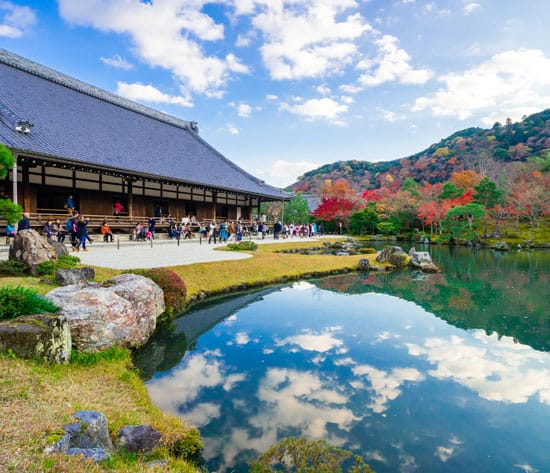
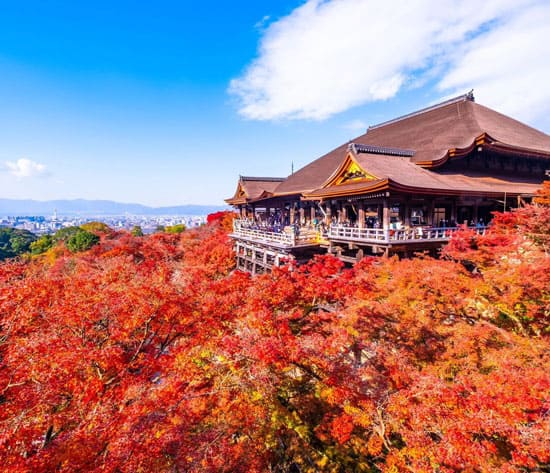
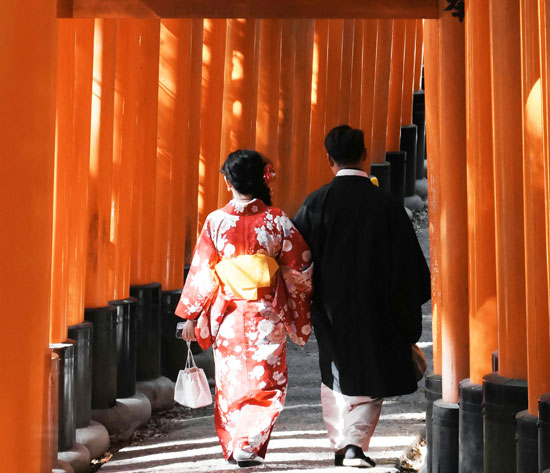
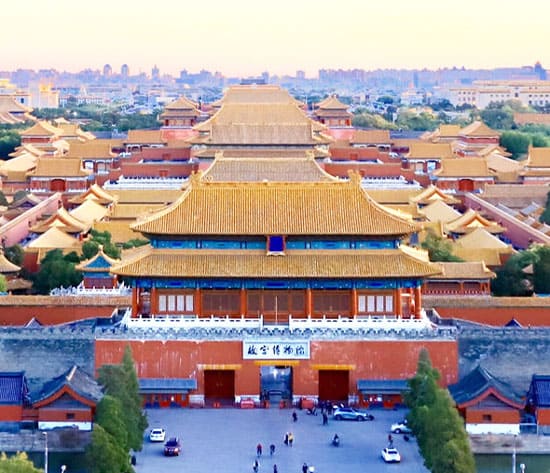
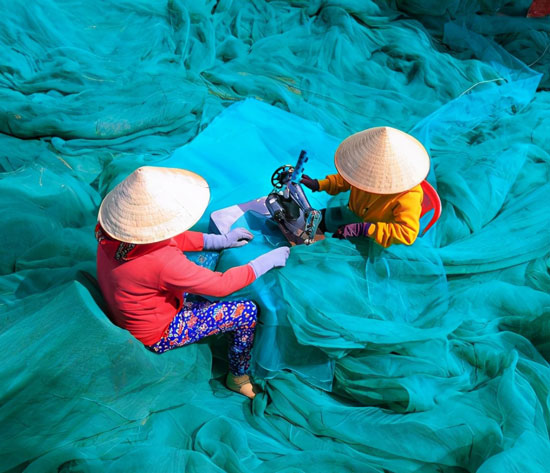
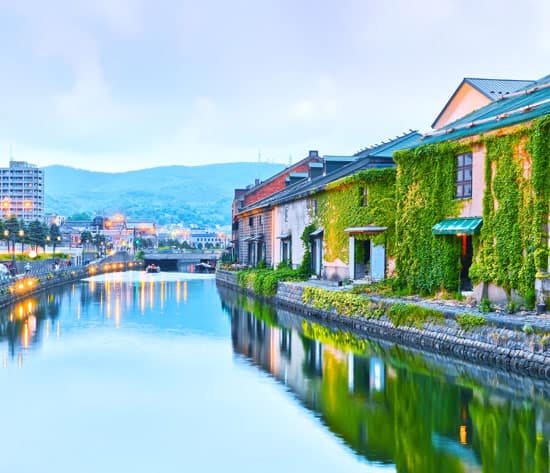
Have a Question?
You might see your comment appear on this page, but your email address and full name will not be published. Your personal information will remain confidential. Our Asia travel experts will get back to you as soon as possible. Required fields are marked *